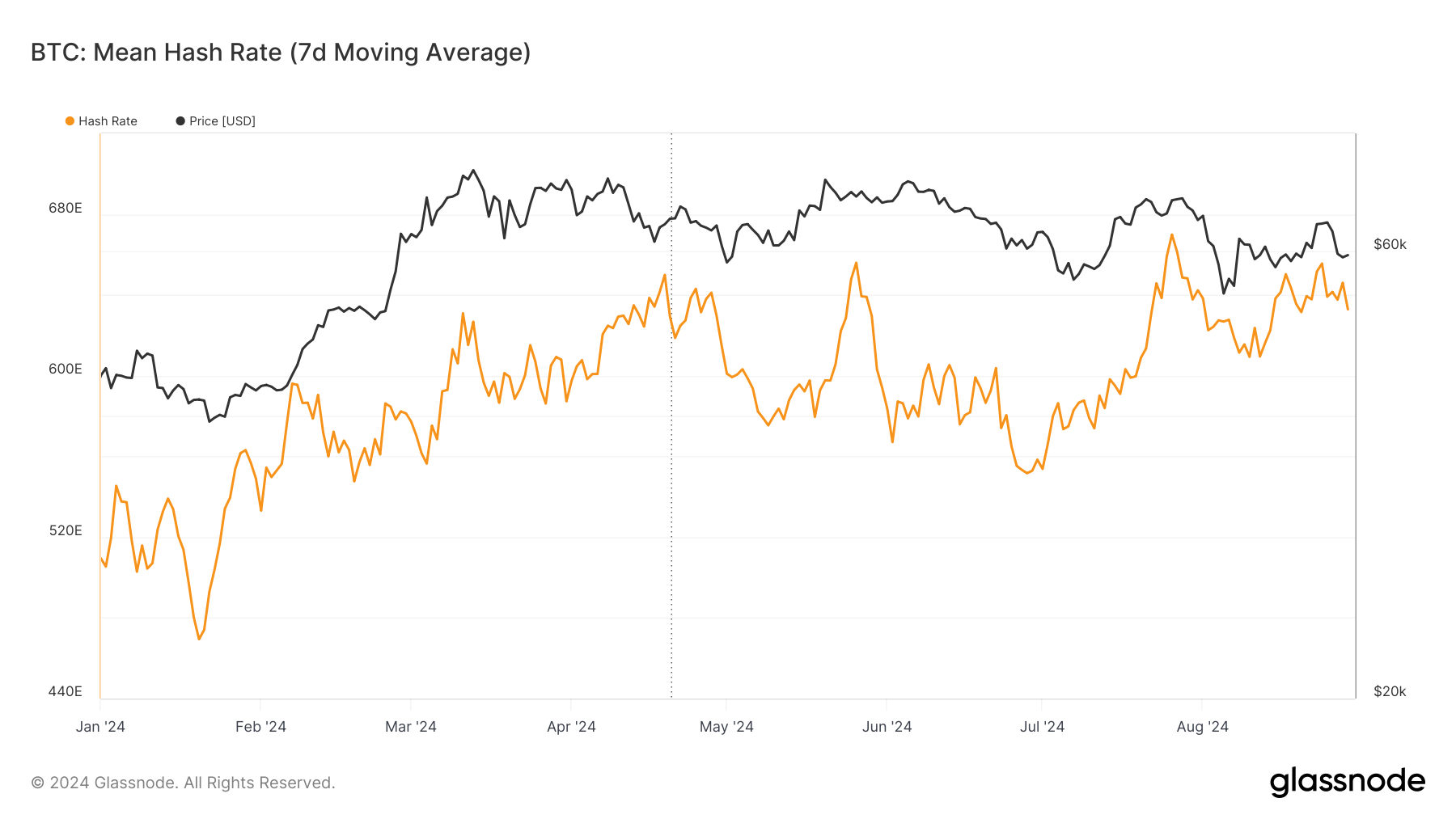Meta’s photorealistic avatars reminded the world that the metaverse still exists. But will it ever actually come to fruition?

One thing crypto could never be accused of lacking is hubris. Founders never simply launched a protocol or coin: they launched an entirely new way of understanding money. They launched a revolution in the way that humans interacted. They launched the successor to the internet as we know it.
To wit: the metaverse.
Hindsight is, they say, a beautiful thing, and in hindsight we should have seen these clunky worlds with the blocky avatars and the skyhigh valuations as the canary in the coalmine they so clearly were.
But then Facebook changed its name to Meta and all hope of critical appraisal disappeared out the window like a fart in the face of an industrial fan. We had the support of one of the world’s biggest companies? How could this not be the future? WAGMI!

Back from the dead
Crypto cycles tend to end when people start poking the latest tech and discover that it’s basically an unusable prototype for something that might be good in 5-10 years. For all the talk about Decentraland or Sandbox being where our digital lives would soon be happening, I don’t think I ever once heard a real life user explain why they were good, or fun, or useful.
When crypto cratered and the metaverse became the defining symbol of all that was silly about those gluttonous, sun-drenched days, it was easy to believe that Meta, like every other company, would simply shelve their plans and pretend that the whole name change was, like, totally just a riff on, you know, metaphors, or something, lol.
But last week’s Meta Connect event functioned as a reminder that despite the overweening presence of AI silly season, the company was still fundamentally committed to the idea that we will, in a day not too distant from now, conduct many of our interactions in a virtual universe.
Sure the photorealistic avatars are years away, and no-one is still entirely sure why it needs to exist, but watching the demo was enough to make you wonder whether perhaps we laughed it off too soon. Is this what inevitability looks like?
So bad it’s good
The metaverse was the latest in a long series of incidents where Silicon Valley took a fictional dystopia and said “How cool would it be if we made it real?” (See also, this week, the Rewind Pendant, a device that records and transcribes every conversation you have and is essentially the premise of a Black Mirror episode that still haunts me.)
It’s always been easy to mock Meta’s ham-fisted attempts to regain the culture-setting relevance it once had, but when set against the ideals that powered crypto’s own metaverse projects – those permissionless, trustless, decentralised networks – Meta’s entry into the space felt particularly menacing.
I recently reread Snow Crash, the Neal Stephenson novel that invented the concept of the metaverse, and what struck me, beyond the excellent array of early-90s-predicting-the-future tech anachronisms, was that Stephenson presents the metaverse as a space of comparative freedom and humanity in a world brutalised by corporate interests. The reason: nobody owns the protocol on which it runs.
Now with legs!
One of the problems with talking about the metaverse is that it can be hard to define exactly what’s included. For Zuck, there’s only ever been one end point: a wholly immersive virtual experience like the ones we done seen in the movies.
I’ve always understood the idea more broadly, as a suite of technologies that enable better and more encompassing models of interconnection and digital ownership than web 2.0. Perhaps that involves you and a few friends planted on a couch with a VR headset strapped to your skull, but that’s only one part of a more complicated landscape that also features blockchain IDs, NFTs, DAOs and more.
While the metaverse we saw at the height of the 2021 frenzy was underdeveloped and unfit for purpose, it’s worth remembering that what was revolutionary in one crypto cycle has a way of becoming fundamental in the next. And before we can start cruising digital highways on tricked out hyperbikes and cutting apart avatars with a katana (it’s a Snow Crash reference), we have to build the protocols and networks that will enable such things to occur – without one of the world’s richest companies dictating what the whole thing looks like. Perhaps that’s what the next bull run will help us work out.
Either way, don’t hold your breath. The avatars in Horizon Worlds, Meta’s sad digital universe, only got functional legs last month. So, let’s, ah, take it one step at a time.
Luke from CoinJar
UK residents: Don’t invest unless you’re prepared to lose all the money you invest. This is a high‑risk investment and you should not expect to be protected if something goes wrong. Take 2 minutes to learn more: www.coinjar.com/uk/risk-summary.
Cryptoassets traded on CoinJar UK Limited are largely unregulated in the UK, and you are unable to access the Financial Service Compensation Scheme or the Financial Ombudsman Service. We use third party banking, safekeeping and payment providers, and the failure of any of these providers could also lead to a loss of your assets. We recommend you obtain financial advice before making a decision to use your credit card to purchase cryptoassets or to invest in cryptoassets. Capital Gains Tax may be payable on profits.
CoinJar’s digital currency exchange services are operated in Australia by CoinJar Australia Pty Ltd ACN 648 570 807, a registered digital currency exchange provider with AUSTRAC; and in the United Kingdom by CoinJar UK Limited (company number 8905988), registered by the Financial Conduct Authority as a Cryptoasset Exchange Provider and Custodian Wallet Provider in the United Kingdom under the Money Laundering, Terrorist Financing and Transfer of Funds (Information on the Payer) Regulations 2017, as amended (Firm Reference No. 928767).



